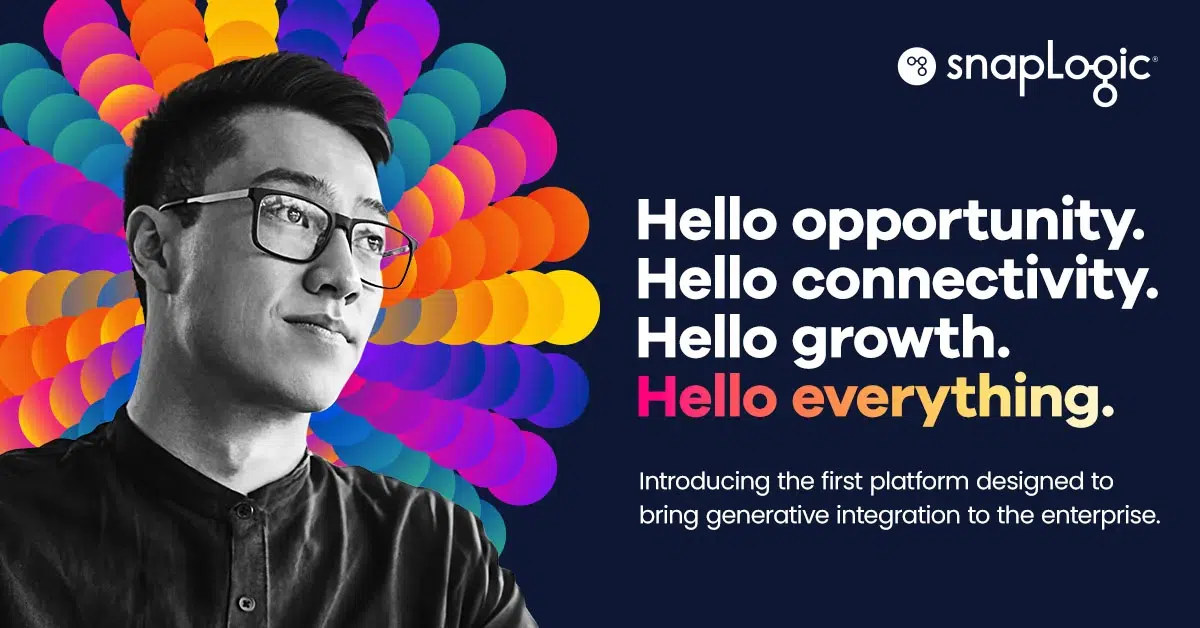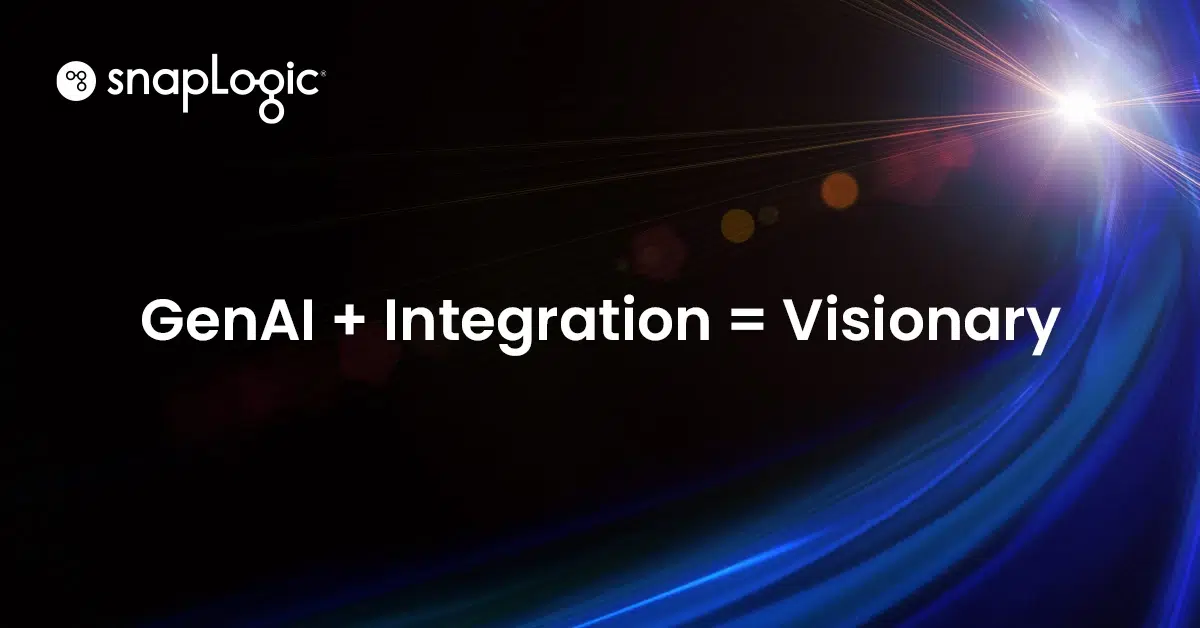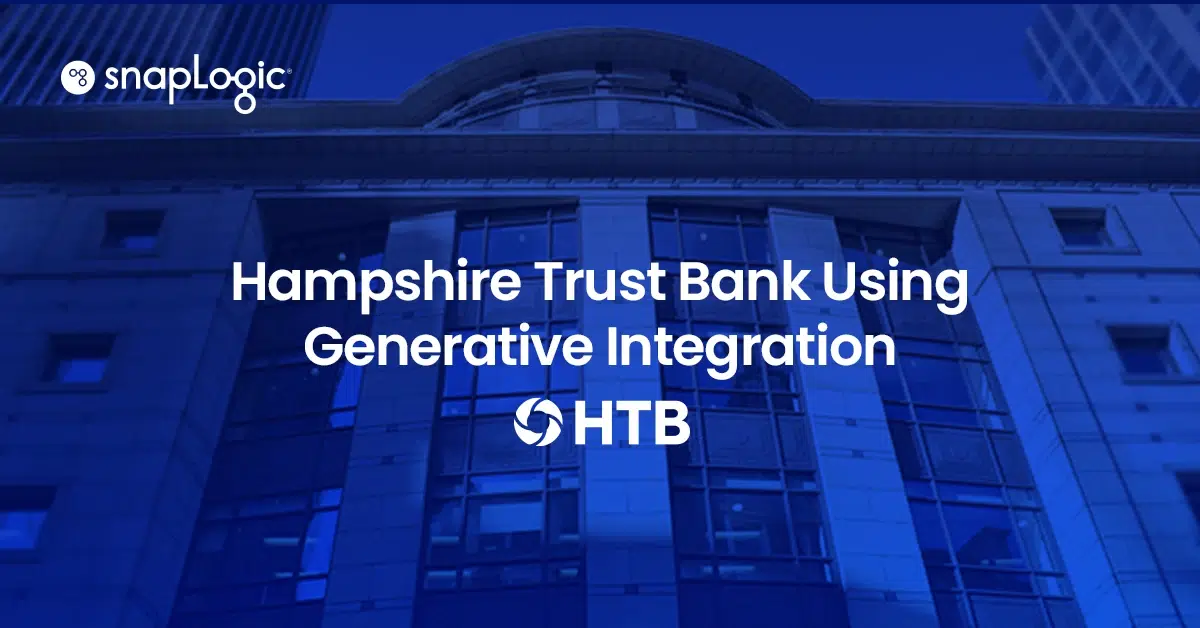SnapLogic founder and CEO Gaurav Dhillon recently sat down with John Gallant, chief content officer of IDG US Media, to discuss modern integration technology requirements in the enterprise: SnapLogic covers app integration in the cloud. In the first post in this series, I shared Gaurav’s answer to the question: What are the looming integration issues here that people should focus on more? In this post, Gaurav reviews the specific challenges SnapLogic addresses.
John Gallant: What are the specific challenges that you’re trying to address?
We address three markets with our platform:
- The first and certainly the biggest today is enterprises moving to the cloud. We call it the cloudification of the enterprise. [SnapLogic customers] are moving to the cloud for new applications. They’re buying things like Workday and Salesforce, and when they buy these new enterprise SaaS applications they need to connect them with the rest of the technology they have.For example, if you want to onboard a new employee at a modern enterprise you realize that half your processing is being done in the cloud and half on premise. You might require accounts for them on LDAP. You might require connectivity into your financial system and, certainly, for using the human capital management system from Workday. Their salary information, their background information, all the HR data is in the cloud. To do that onboarding of a new employee and to make sure that raises and salaries and everything is reflected and their photograph shows up in the email directory, there is a good old-fashioned integration across cloud and on-premise that has to be done. That’s one end of it.The other end of it is more sophisticated things like you bring in Salesforce, you’re moving your CRM into the cloud, and now when you go from a quote-to-cash when you close an order, you ring a big bell or you tweet about it, I guess, these days. Nobody rings a bell. Then you want to have that process generate a purchase order and generate that information in your financial system be it SAP or Oracle or even Workday Financial. How do you conclude that loop?That’s the sort of thing that SnapLogic does and does really well. The principal problem that we solve is helping enterprises move to the cloud at a very fast clip.
- In addition, and I think over time it might become a bigger use of our platform, is we help enterprises move to the new data platforms. Capital One is, to my mind, the pioneering company in data science. They issue credit cards to people whom others might deny. By using data science they’re able to figure out how to issue them credit cards and create a fantastic business for themselves and help people function in a society where without a credit card you might as well not have any money.When companies like Capital One are moving away from legacy data warehousing environments into modern data platforms using Hadoop, they look to companies like SnapLogic to help them move their data. We are one platform that is helping enterprises move to the cloud as well as move their data for analytics.
- Now what we’re also starting to see is that there are projects on the horizon across industrial and even consumer-facing companies — particularly health care — around the internet of things. If you think about the legacy of data warehousing, a lot of it came from the bar code scan. You went to the grocery store, you bought a bar of soap, the checkout clerk zapped it with a laser, it automatically added it into your shopping basket, and boom, you pay for it and you’re done. That information is hugely valuable for retailers to understand what’s selling more, Coke or Pepsi, how to restock the shelf and how to do couponing and planning and demand generation, demand planning and price optimization. All that industry, which is tens of billions in size, came from the bar code scan.Imagine a world where everything is an internet-connected sensor of some type that is emitting data that is going to make bar code scans look like a pebble on the beach when we look out at the ocean. That ocean of data that is coming our way with the internet of things is going to be a huge market potential for our company. We’ll help modern enterprises make better products using data and make money by selling some of those analytics back to the customers.
In the final post in this series, I’ll share Gaurav’s overview of the SnapLogic Elastic Integration Platform. In the meantime, you can read the entire interview here.







